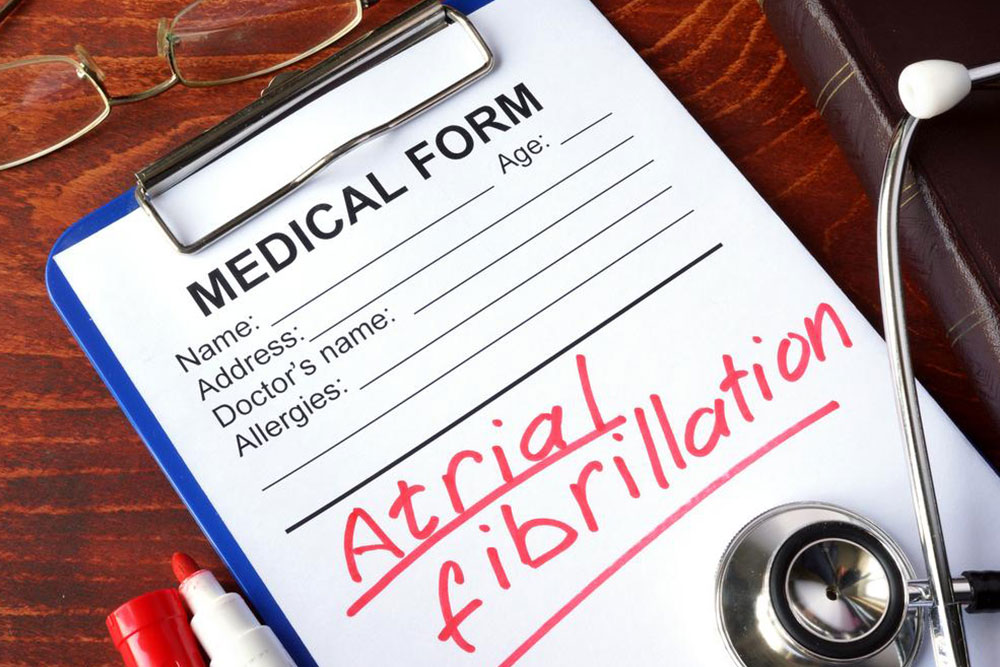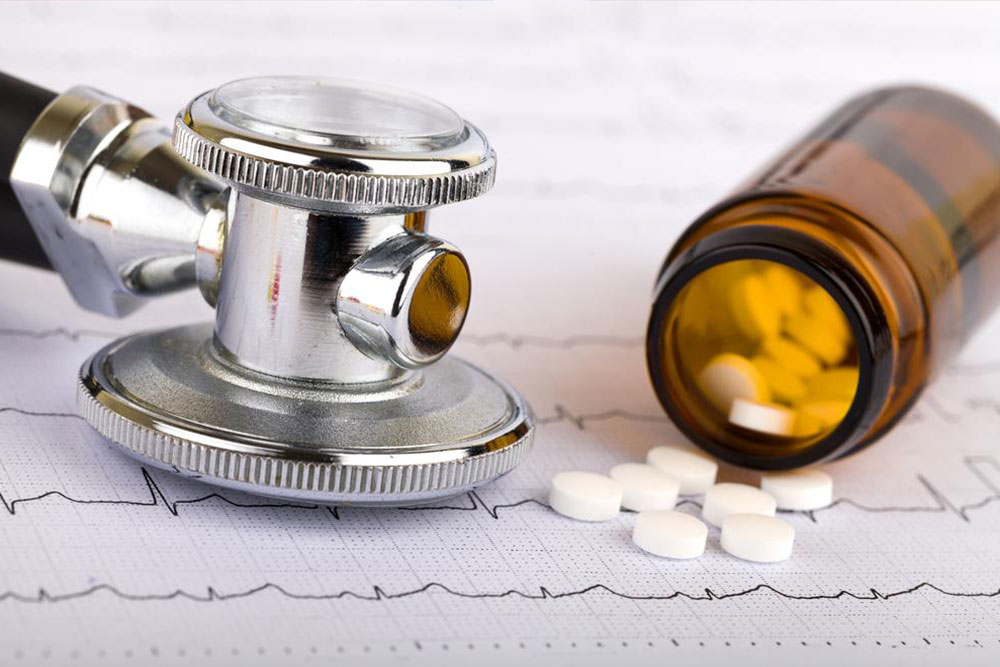Understanding Atrial Fibrillation: Causes, Symptoms, and Treatment Options
Discover essential insights into atrial fibrillation, including its causes, symptoms, and comprehensive treatment options. Learn how procedures like cardioversion, medication, and surgery can help manage this common heart condition and prevent serious health risks. Accurate diagnosis and personalized care are crucial to effectively controlling AFib and maintaining heart health.

Understanding Atrial Fibrillation: Causes, Symptoms, and Treatment Options
Have you experienced sudden palpitations or a feeling that your heart is racing without reason? These symptoms might be more than just everyday stress. Atrial fibrillation (AFib) is an abnormal heart rhythm characterized by irregular and rapid heartbeats, which can increase the risk of blood clots, strokes, and heart failure. Over 2.7 million Americans live with AFib, and many are unaware of its severity. Proper diagnosis and treatment are vital to managing this condition and preventing serious complications.
AFib often presents no noticeable symptoms but can be detected during routine check-ups. Common signs include dizziness, weakness, chest discomfort, difficulty breathing, irregular pulse, and fatigue. The condition can be episodic, persistent, or permanent, depending on its duration. Early diagnosis and targeted treatment are essential, especially if you experience these symptoms.
Several treatment strategies exist, chosen based on your AFib's duration, severity, and underlying causes. The goal is to restore normal heart rhythm and control the heartbeat. Options may include medications, procedures, or surgery, tailored to your specific needs.
Electrical Cardioversion
This procedure uses electrical shocks to reset your heart's rhythm. Before treatment, blood thinners are administered to reduce clot risks. The shocks are delivered via patches or paddles on your chest under sedation, causing the heart to restart with a normal rhythm. Post-procedure, continued medication may be necessary to maintain stable heart function.
Medication-Based Cardioversion
Anti-arrhythmic drugs administered intravenously or orally can restore normal rhythm. Blood-thinning medicines are often prescribed afterward to prevent clots. While effective, medications may not guarantee long-term success, and there is a chance of relapse.
Heart Rate Regulation
Sometimes, controlling the heart rate is sufficient. Beta-blockers and calcium channel blockers help slow and regularize the heartbeat. These medications require monitoring for side effects like low blood pressure or other adverse reactions.
Advanced Procedures and Surgery
When medications or cardioversion are ineffective, surgical options may be considered:
Catheter Ablation: Thin tubes are inserted through blood vessels to target and destroy abnormal tissue causing irregular beats, using radiofrequency energy.
Surgical Maze Procedure: An open-heart surgery creates scar tissue to guide electrical impulses correctly, restoring normal rhythm. This option is reserved for severe cases.
Atrioventricular Node Ablation: Radiofrequency energy destroys tissue in the AV node, preventing faulty signals from reaching the ventricles, often paired with a pacemaker.
Ensure your healthcare provider recommends the most suitable treatment for your AFib condition, whether it’s cardioversion, rate control, or surgical intervention.









